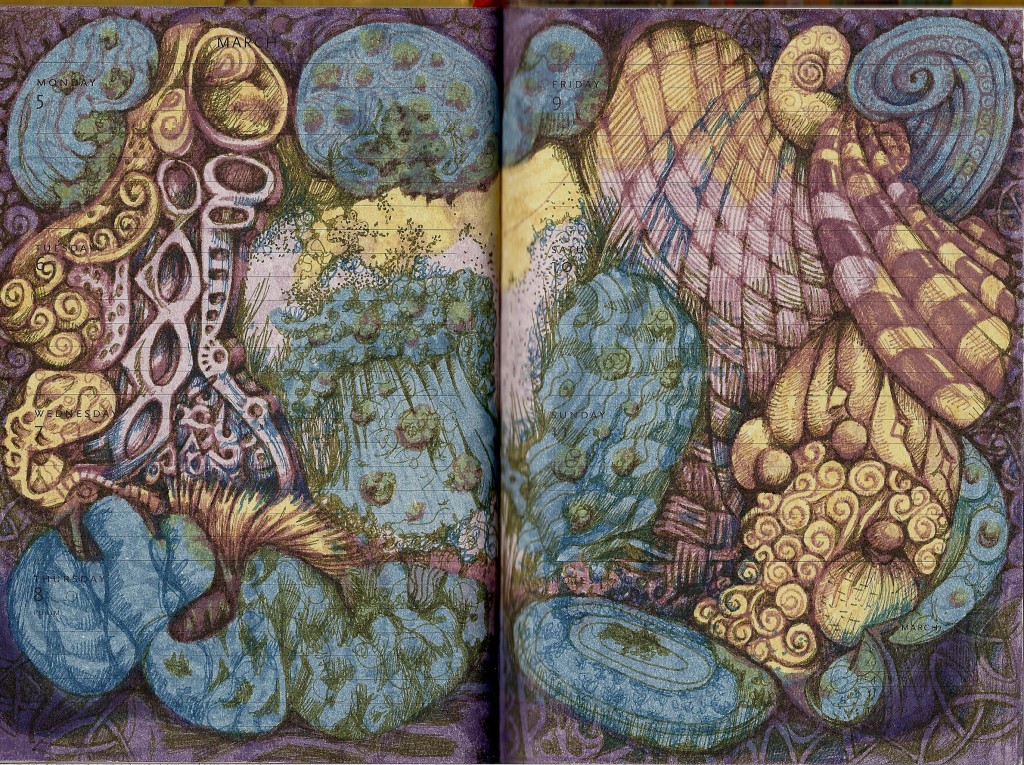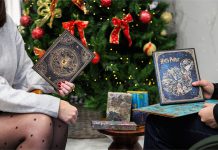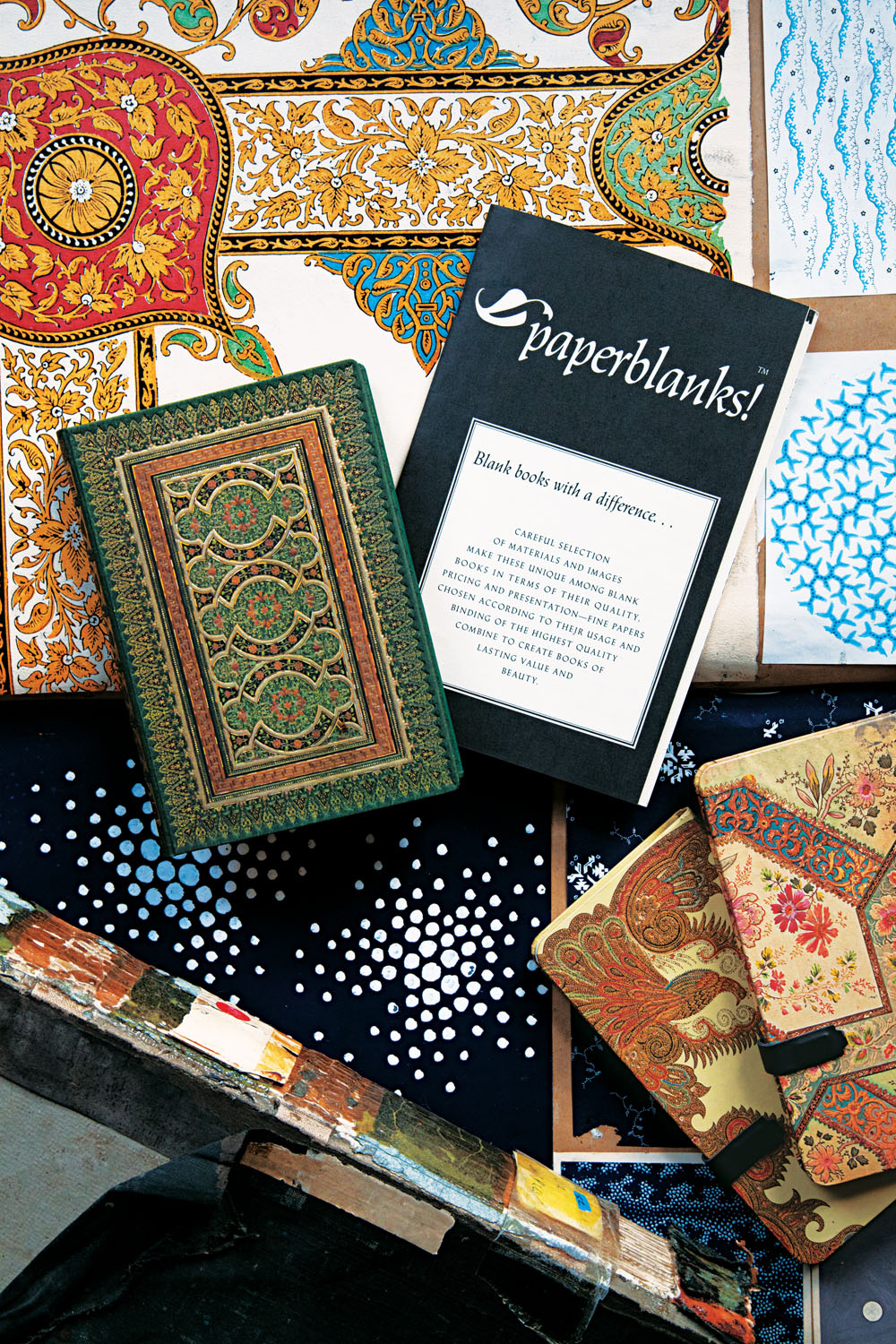Name: Sandra Strait:
Age: 59
City/Town: Fairview, Oregon
Country: USA
Places Travelled & Place lived: I’ve lived in Portland, Oregon, my entire life and have travelled through most of the major cities of the USA. I lived in England for almost a year, during which I did the ‘If it’s Tuesday it must be Belgium’ tour of Europe.
Loves: I think I was reading before I could walk and I’m sure I was using a pencil before that. I obsess. I obsess over one particular thing for a year or two, learning everything I can about it, and then I move on to something else. I’m currently in the throes of addiction to Zentangle-inspired art. This obsession has lasted longer than most, and I’m thinking it will stay with me for a long while yet. Zentangle® is an art form where complex patterns are broken down into easy steps. I don’t follow the method exactly but I do use the pattern steps. I also create pattern steps for others to follow.
Teachers/Education: Other than high-school and a few night classes, I’m self-taught. I’ve never met Rick & Maria Thomas, the creators of the Zentangle method, but I consider them my teachers.
Occupation: I’m technically unemployed at the moment, but I don’t think I’ve ever worked harder than I am now, drawing, painting, reviewing and searching for tutorial and giveaway links to share with my readers.
Creative Works:
Flickr
Website
What would one find in the pages of your Paperblanks journal?
Lots and lots of Zentangle-Inspired art. I like to color the front of a page with alcohol marker, and draw my tangle patterns. Then I turn the page and use the same color base that bled through to the back.
Do you have any personal philosophies you’ve come to develop about writing, art, creation or culture?
Zentangle is an abstract art form, but I discovered that I could ‘see’ landscapes or creatures or even an embodiment of some kind of abstract idea within my work. I began naming them, and was amazed when people would see it as well. They would be so excited that they could see it, and they’d share other things that they saw. It changed my perception of what art means to people.
I believe art is a form of communication in a world where everyone has their own private subconscious language, not just the language they speak. The artist says something in their own language, and the viewer interprets. Art needs to engage the viewer so they’ll want to interpret. Accuracy isn’t an issue—even if the viewer sees something entirely different than the artist, the purpose is served.
Do you have any specific themes that you continually refer to in your work?
I don’t plan my work ahead of time. I don’t do drafts or sketch lightly. I try to put my mind on idle, and let my subconscious do the driving. I talked above about subconscious languages. I’m not sure that’s a theme exactly, but it’s certainly a driving force in my work tapping into my subconscious in the hopes others will tap into theirs.
How did you find Paperblanks?
I found my first Paperblanks at the Oregon Art Museum shop. I didn’t have much money on me at the time, and had planned to buy other artsy things, but then I saw a Paperblanks blank sketchbook, the last one left in the store. It was hand-bound and had thick smooth paper. I felt like it was just waiting for me to find it, and so put everything else I held in my hands back on the shelf.
What sets Paperblanks apart from other journals you’ve used?
The overall attention to detail and beauty. A Paperblanks is a work of art in itself, something you wouldn’t hesitate to have on the coffee table or fireplace, even if you never touched a pen to it. Yet it’s designed for function. It lies flat, the paper is fantastic, it’s light but sturdy. Other journals have superlative features. Paperblanks are just superlative, period.
Do you have a favorite Paperblanks design?
That changes every time a new release comes out! If given a choice I’d take one of the blank hand-sewn journals, but I’m always enthralled with every design I see. The piece submitted for this interview was done in a Week-at-Time Dayplanner.
Do you have any advice for other creative people?
Create to please yourself, even if others tell you that it doesn’t please them. Let yourself create garbage—that’s your muse figuring out how things work. Remember that art theory is a guide. Don’t judge your work by someone else’s. They are speaking a different language than you are.





